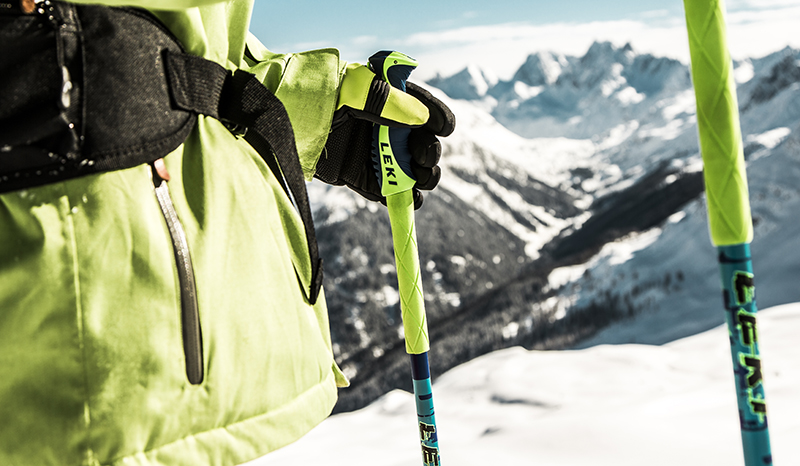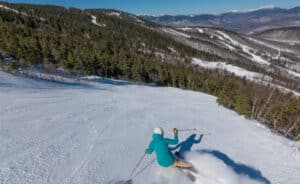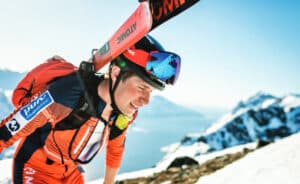
On the frontside, ski accessories are generally fun to own, enhancing our comfort, our entertainment and our social reach, should we want to do that.
Who doesn’t enjoy boot warmers on those bitter days? Or smart watches that conveniently show us our incoming calls and text messages? Or those wireless earbuds? Or how about those apps that track our vital skiing statistics like top speed and total vertical? While not for everyone, these accessories allow skiers to feel connected even when they’re not at work or in school.
But when it comes to backcountry accessories, the stakes are raised considerably. It’s less about fun and games and more about keeping you alive.
When embarking on a backcountry ski adventure, let’s assume you’re already equipped with the basics of the basics: appropriate touring boots, skis and bindings, and smart layers to allow you to regulate your body temperature throughout the day. Following are some additional basics that also are considered mandatory accessories for backcountry trips:



